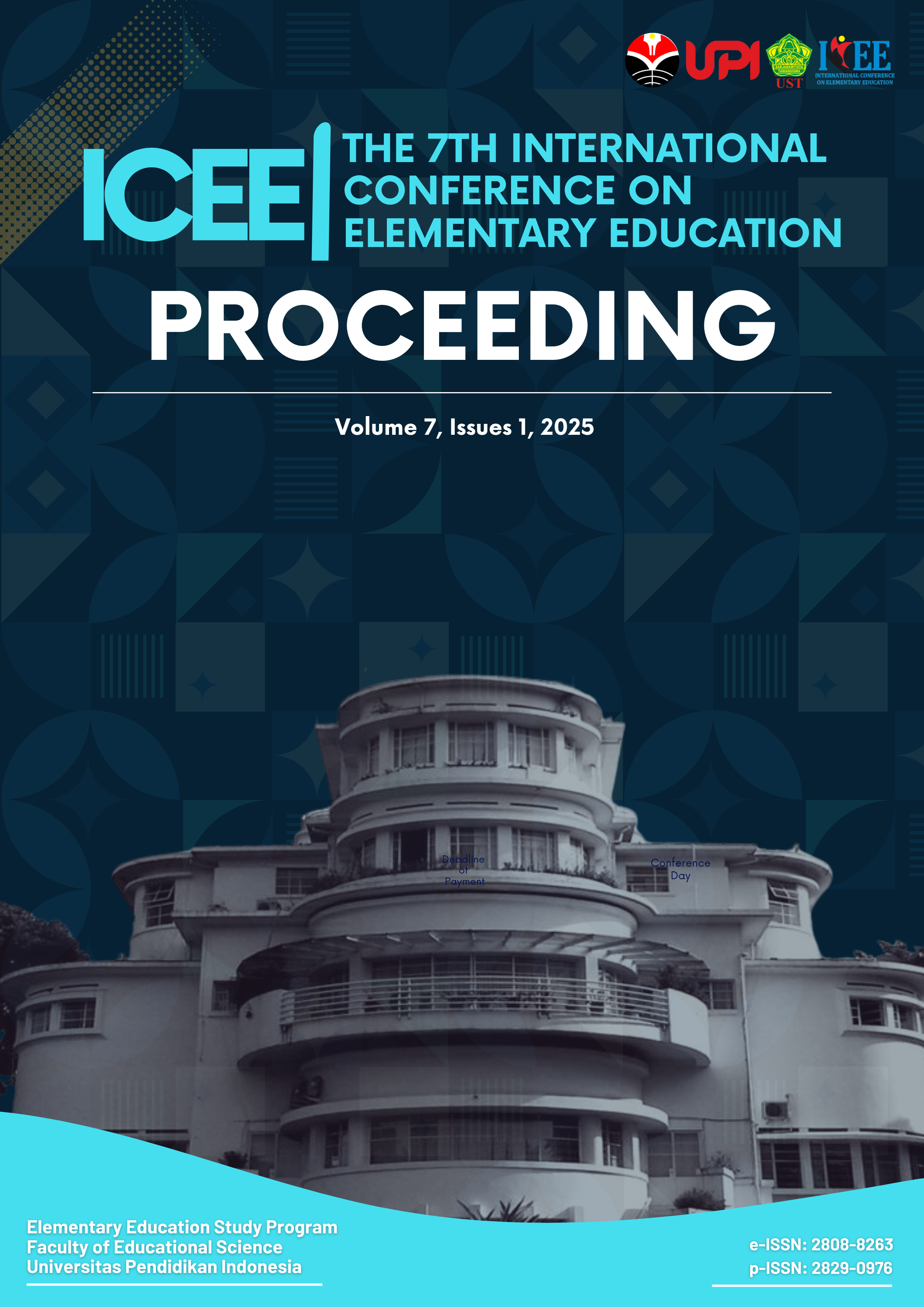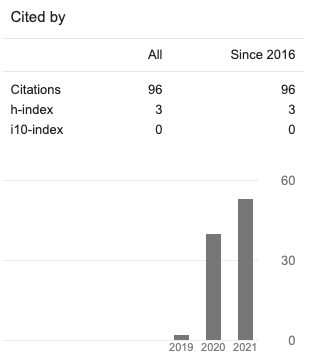The Trends of Newman's Error Analysis in Mathematics Subject for Elementary Schools in Indonesia: A Systematic Literature Review
Abstract
This Systematic Literature Review (SLR) analyzes various research articles conducted in Indonesia and published in Google Scholar-indexed journals from 2020 to 2024. The main motivation of this research is to examine different aspects related to the error analysis of elementary school students in Indonesia when answering mathematics questions using Newman’s Error Analysis (NEA). The findings of this study indicate that there has been a significant trend in analyzing student errors using NEA over the past five years. Moreover, it was revealed that there is a mixed-methods research design among qualitative research generally conducted by researchers with numerical material elements as popular subjects. In addition, grades 4 and 5 are the most popular classes to study for concentrating on error analysis in word problems, and most of the research locations are in Central Java. Based on the outcomes of this research, the recommendations that can be made are to intensify research in analyzing student errors using NEA for all grades in elementary schools, the need for further investigation into different materials in the mathematics subject in elementary schools, and it can be conducted in unlike regions so that the distribution of this NEA research can be more equitable and extensive to identify the location of student errors in answering mathematics questions.
Copyright (c) 2025 Muhsin Hanis, Wahyudin

This work is licensed under a Creative Commons Attribution 4.0 International License.















